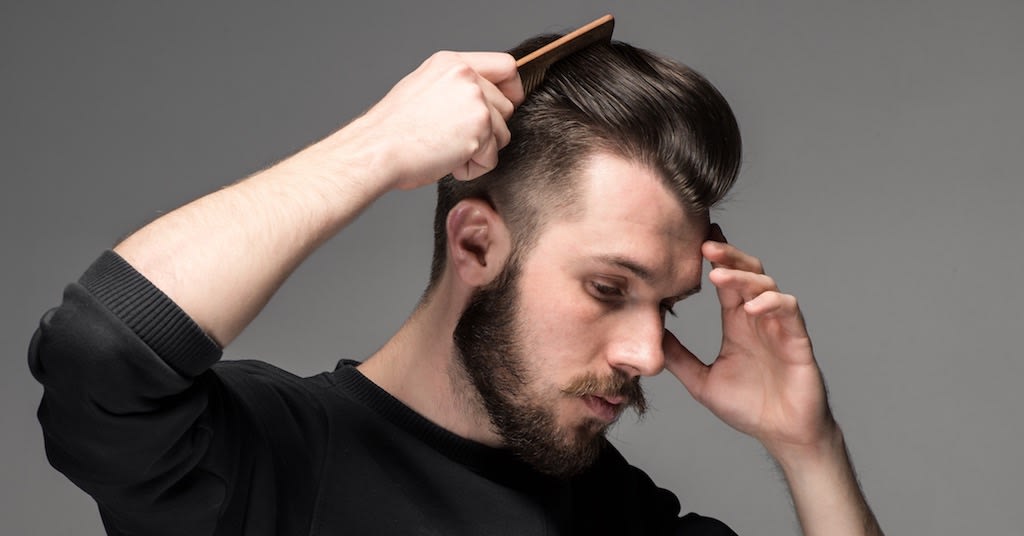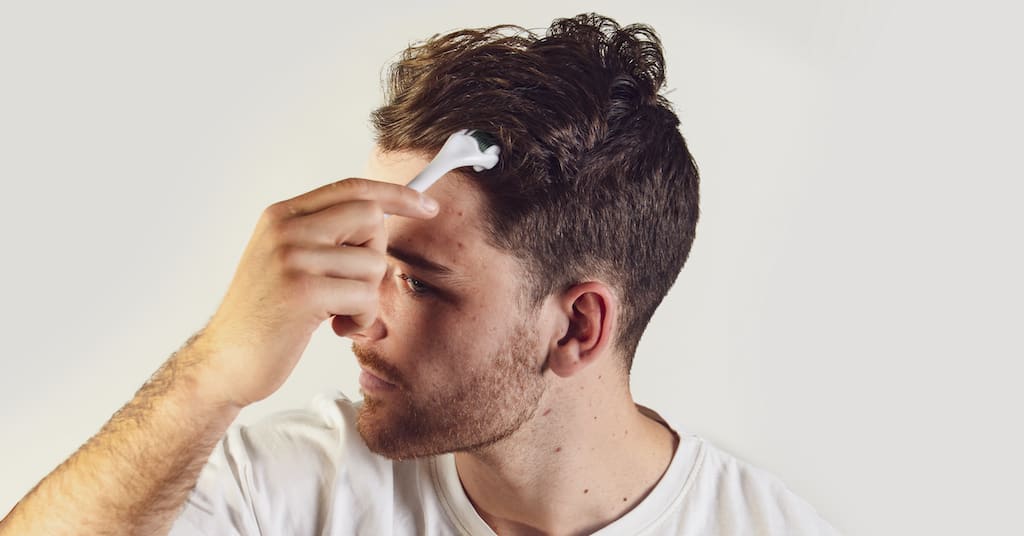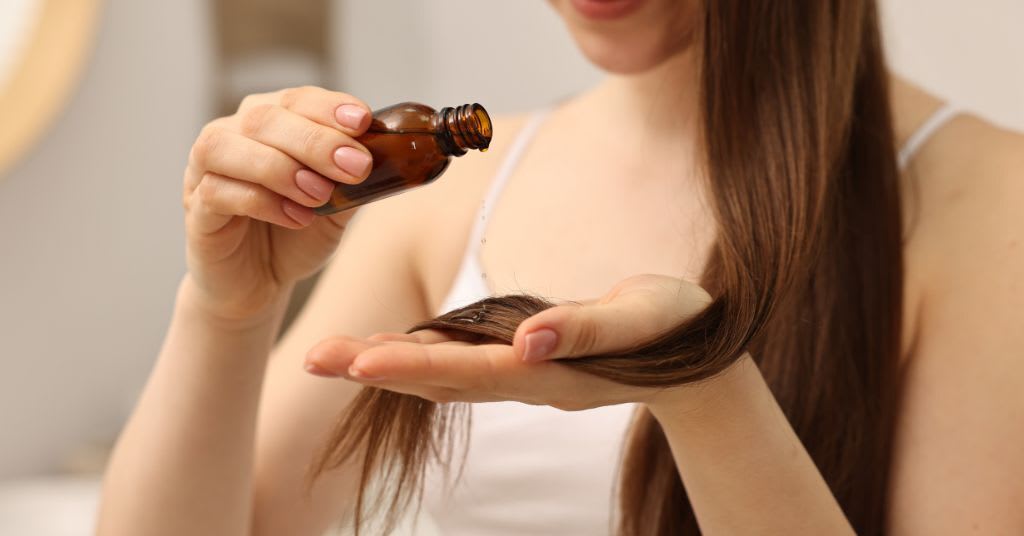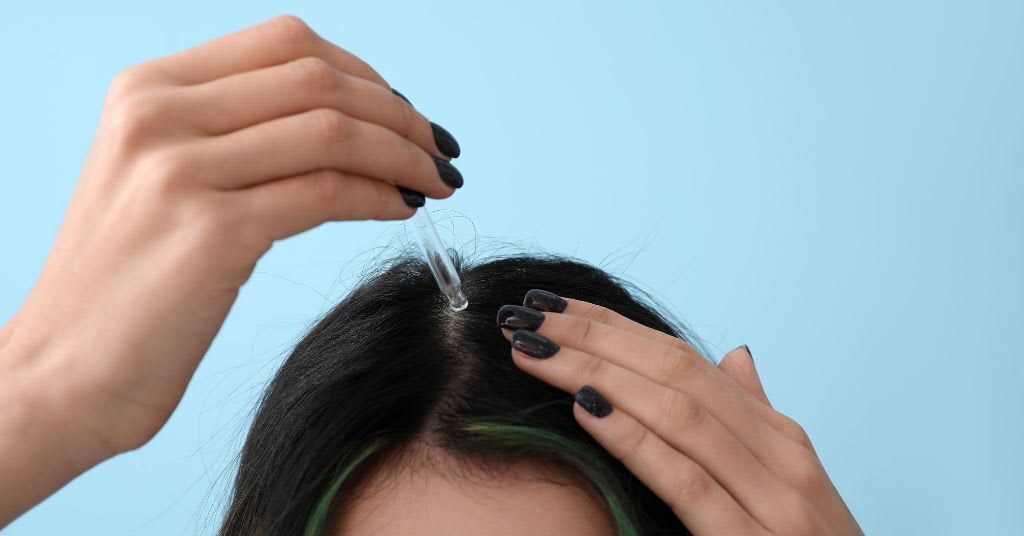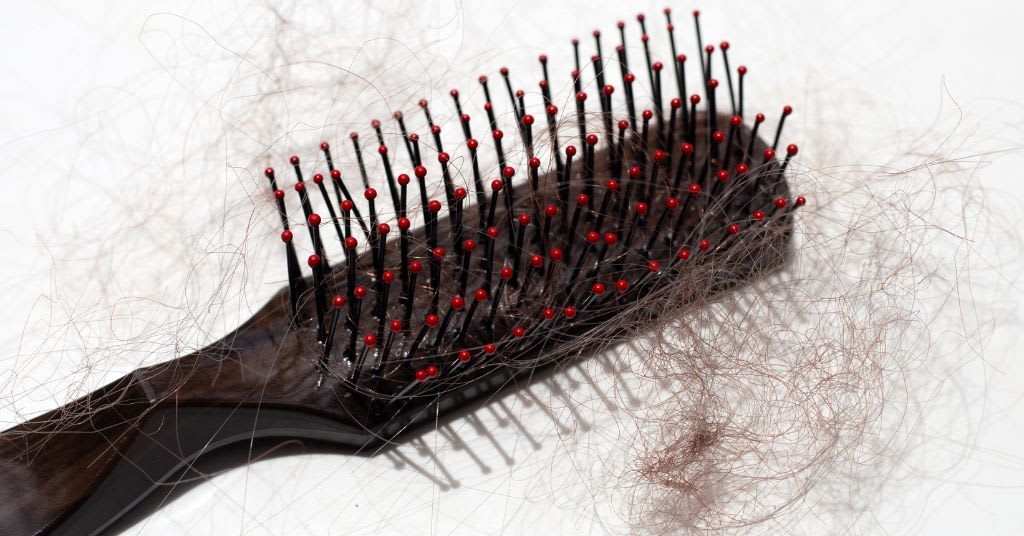Minoxidil is widely known as the go-to treatment for hair loss these days. Much like Ozempic is known for weight loss, minoxidil has almost become synonymous with hair regrowth treatment. Both the topical form and the oral form of minoxidil can produce solid results. But with any medication, the big question always comes down to is it safe?
Follow along as we explore the safety of minoxidil in all its forms. We’ll examine clinical evidence and potential side effects to help you stay 100% informed about your choice of hair loss treatment. Let’s get started.
Clinical Trials Reveal the Safety of Minoxidil
First, topical minoxidil. This clinical trial examined the safety and effectiveness of topical minoxidil in two concentrations—2% and 5%. What were the results? Neither versions caused any systemic effects, both were well tolerated, and the 5% version was “clearly superior to 2% topical minoxidil [...] in increasing hair regrowth.” 1 Let’s look at how the researchers came to this conclusion.

With a group of just under 400 men between the ages of 18 and 49 (all with male pattern hair loss), the researchers split these participants into 3 groups. The 5% topical minoxidil solution was given to 157 men, while 158 men received the 2% solution with the remaining subjects placed into the placebo group. Throughout a 48-week study duration, the participants applied minoxidil (or the placebo) twice each day, and the researchers evaluated hair count and change in scalp coverage to determine the safety and effectiveness of each group. 1
What they found didn’t come as a surprise. At 48 weeks, those who applied 5% topical minoxidil experienced 45% more hair regrowth than those who took 2% topical minoxidil. However, the more concentrated version did lead to increased local irritation. 1 To combat this, topical solutions with biotin were introduced to have anti-inflammatory and nourishing effects on the scalp. The added ingredients help to reduce side effects of minoxidil and create an ideal environment for hair growth.
How Safe is Oral Minoxidil?
For oral minoxidil, we’ll have to take a look at a different study. This retrospective multicenter study analyzed patients who were treated with oral minoxidil for 3 months. This study included both men and women—totalling 1404 participants. The researchers concluded that oral minoxidil “has a good safety profile as a treatment for hair loss.” The researchers also found that there was a low incidence of adverse effects, and only 1.7% of patients decided to stop treatment due to side effects. 2
The study did find some incidences of side effects, however. Some patients reported hypertrichosis, or the excessive growth of hair on the body. Other reported side effects included lightheadedness, fluid retention, headache, and insomnia. Some patients also experienced tachycardia (fast heart rate) and periorbital edema (eye swelling). The good news is that all these side effects affected a small percentage of patients, and no life-threatening side effects occurred. 2
The Great Debate: Topical or Oral Minoxidil?
If you have any existing cardiovascular health conditions, your healthcare provider may caution against systemic medication and opt for the topical version for you. The topical version does take more effort to apply, so you’ll have to be comfortable applying the solution to your scalp on a daily basis.
Oral minoxidil may be a better choice if you experience scalp irritation from the topical product. Oral minoxidil comes in a simple pill form, so it’s the go-to if you require a greater level of convenience. In rare cases, patients have been prescribed both versions. When you complete an online questionnaire with MailMyMeds, your answers will help a healthcare professional on the other end determine the most suitable hair loss product for you. If you need more help weighing the pros and cons of topical and oral minoxidil, check out this guide.
Real Patients and Real Results
Clinical trials and research studies are great, but sometimes you just need the reassurance of some real life examples and reviews. What are other people who are combating hair loss choosing? How are they finding the results of minoxidil?

One patient in his 70s posted online that he started using minoxidil and had “good results over the entire top of [his] head, pretty amazing, really.” 3 Another patient said that he got a buzz cut before starting a 3-month supply and found that his “hair was fuller, thicker,” and that his “bald spot was filled in.” 3
Of course, results may vary between individuals, but there are hundreds of reviews online that can help you with your decision making. Granted, online reviews do not replace professional advice, but some people find that it helps knowing that others are benefiting from the treatment they are considering.
What You Should Take Away
The research speaks, and what it’s saying is that minoxidil has consistently been an effective and accessible hair loss treatment for many patients. The side effects are usually manageable, and clinical trials like the ones mentioned today support its safety and efficacy.
Plus, there are patients out there that stand by the benefits of minoxidil for their personal battle with hair loss. While there are many different forms of hair loss and each individual fight is different, minoxidil is a solid option to consider if you’re thinking of going the medical route. With a combination of lifestyle and dietary changes, minoxidil can be a powerful tool for hair regrowth.
The content in this article is intended for informational purposes only. This website does not provide medical advice. In all circumstances, you should always seek the advice of your physician and/or other qualified health professionals(s) for drug, medical conditions, or treatment advice. The content provided on this website is not a substitute for professional medical advice, diagnosis, or treatment.
